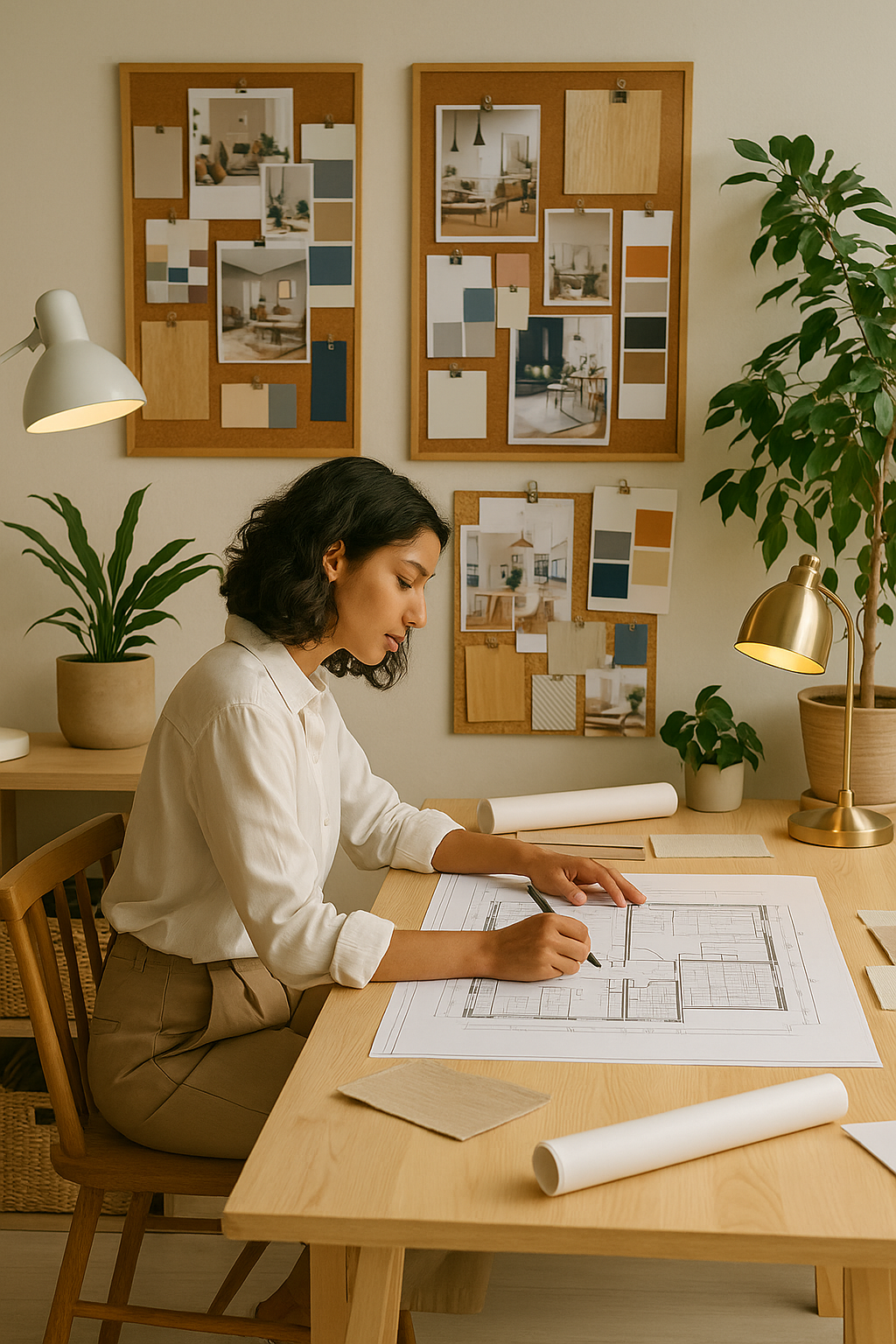Expect more paperwork moving forward. With the pandemic highlighting the importance of interior designers, you’re likely to sign up more clients. Homeowners are increasingly looking to improve their homes where they spend most of their time working. And since you’re likely working from home yourself, your workdays are probably loaded. There’s a good chance you’re doing more virtual consultations, sending emails, and taking calls instead of having face-to-face meetings with clients.
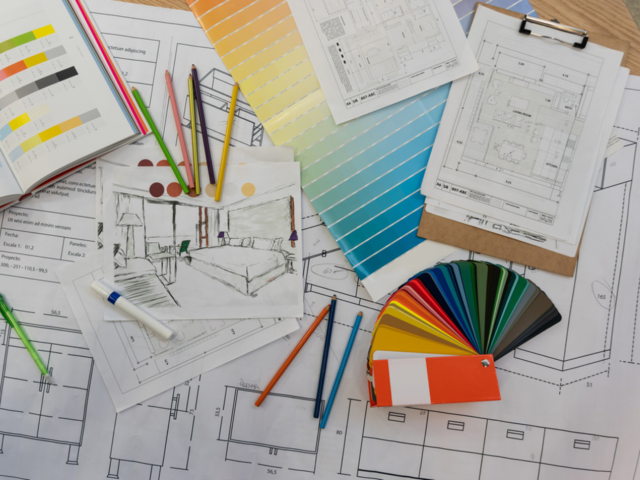
Image: iStock.
Therefore, you must be efficient while working from home because, despite its advantages, it also has major drawbacks, notably increased stress. This means you need to stay disciplined, set boundaries, minimise distractions, take regular breaks, and keep your personal life from affecting your professional one so you can stay productive. Doing so will also give you enough time to complete the necessary paperwork, which is crucial given the different interior design phases:
Proposal
The paperwork starts when you submit a proposal to the client with a simple documented agreement. It states who you are, what will be done, how the project will go, and how much it will cost. Once both parties agree, you’ll then brainstorm with the client for design ideas, and what's useful here is a question sheet. It’s a type of form listing questions (for example, "What is your preferred colour scheme?") that will help you learn more about what your client wants.
Programming
Once a client signs up, you’ll need to work with them to create a detailed design brief. It outlines the client’s needs and wants, and it specifies the overarching style of their redesigned home. Here, you and the client discuss their design inspirations and go over timelines and budgets. You can also do a virtual site visit to check for views and sun angles for more design input.
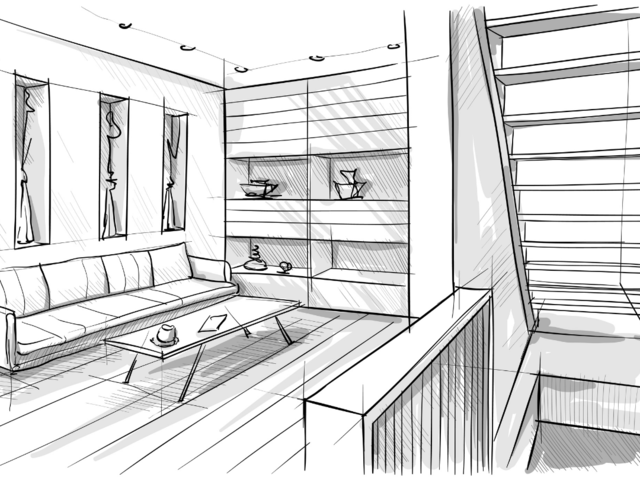
Image: iStock.
Schematic Design
At this stage, you’ll start discussions with the municipality to ensure that the preliminary design you worked on meets building codes and similar regulations. This is also where you prepare floor plan options and go over details like room sizes, window placement, and materials.
Design Development
After the floor plan is approved, it’s time to polish the design’s finer details, such as exterior elevations and interior and exterior finishes. This is also the stage where you delve into the other design elements, like cabinetry design, tile installation specifics, lighting locations, and room layouts.
Construction Documentation
In this phase, you'll complete the architectural and design drawing specs that will ensure your design’s integrity. It will include the site plan, window schedule, and finishing plan (among others). You must also include interior and exterior specs, like the needed materials and installation methods. These will comprise the tender package and will be used by your contractors to execute your design.
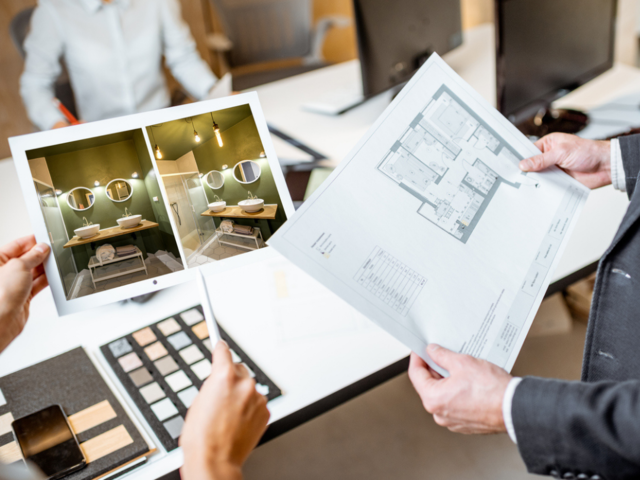
Image: iStock.
Tender Package
At this stage, you finalise the tender package, which will outline the project description, the deadlines, and the prices of all construction categories. It must also include procurement forms, the general conditions of the contract, and the forms of agreement between contractor and owner. Builders and traders will scrutinise these so they can make fair bids.
Project Administration
This is the execution stage, where your contractors will begin implementing your design. That said, you’ll need to be available throughout—even virtually—so you can answer any questions the contractors may have, take points on change management (in case changes need to be made), and ensure that design specifications are being followed.
Other Important Paperwork
In addition to the paperwork above, there’s also accounting and bookkeeping paperwork. It’s critical given how strict the industry is when it comes to fees and commissions. This is why most designers have a team for this type of paperwork. Bookkeeping, in particular, can be tedious, as you need to keep track of your billable hours, list down recoverable expenses, and accomplish purchase orders.
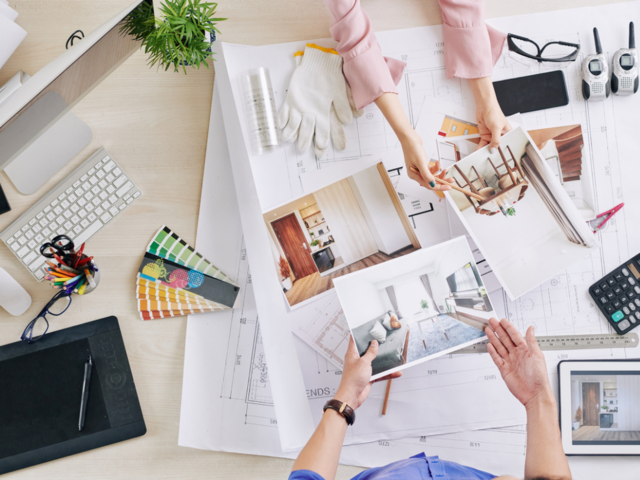
Image: iStock.
All this paperwork equals more work, but it's necessary to ensure that every job is of high quality. As such, you need to take your time in making every one of the documents discussed above.
See our articles and blogs for more interior design advice.
Looking to become upskill or start a career as an interior designer? We have the right accredited course for you!
This is a guest post written by Ella Gordon. The opinions expressed by the guest writer are hers alone and do not necessarily reflect the opinions of the Academy. We bear no responsibility for the accuracy of any of the information supplied by the guest writer. This work is the opinion of the blogger.
The links included here are provided as a convenience and for informational purposes only. We bear no responsibility for the accuracy, legality or content of any external site or any content on subsequent websites, nor does the inclusion of these links constitute our endorsement or approval of any products, services or opinions stated.

